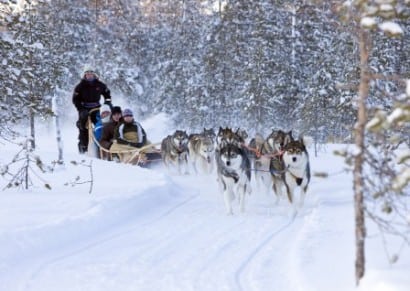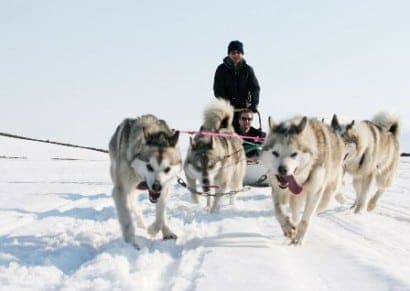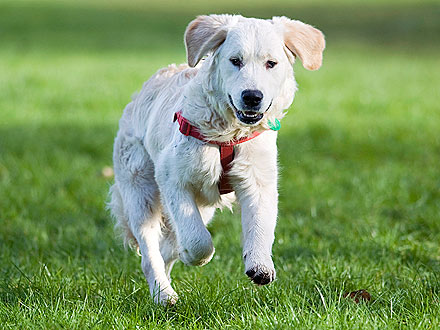Architects from across the Midlands visited the world’s “greenest” dog
rescue centre recently. They were among a 60 strong delegation invited
to tour the innovative Dogs Trust Shrewsbury complex built by Shropshire
construction company McPhillips (Wellington) Ltd which opened in August
2011 and has been described by one local MP as “doggy heaven.”
The cutting edge £5.25 million eco-friendly re-development of the Canine
Rehoming Centre for the Dogs Trust was sustainably designed and the
scheme has been such a success that the company are currently building
another Rehoming Centre for Dogs Trust in Loughborough with work running
to schedule on the £7.1m project, due for completion in April 2012.
The architects and surveyors from Shropshire, Worcestershire,
Staffordshire, Wolverhampton, Birmingham, Sandwell and the Black Country
were given a 40 minute exclusive tour of the centre at Roden, near
Shrewsbury as part of a half day visit. They were joined by Shropshire
Council and Telford & Wrekin Council members and representatives of
the PDSA, RSPCA, Chester Zoo and Telford College. Students on a
construction course at Shrewsbury College were later given a tour by
McPhillips to show them a completed project.
They inspected the new “green technology” including Warmcell insulation
from recycled paper, electricity generated from solar photovoltaic
panels, a Biomass district heating plant and natural vegetation in the
form of a green roof for added insulation. The landscaping and
biodiversity of the site has been enhanced by the planting of native
trees and the introduction of sustainable drainage and rainwater
recycling.
Innovative features have reduced energy consumption by 70 per cent over a
traditional rehoming facility and the centre has achieved an A+ rating
for energy efficiency under the UK Building Regulations.
“Passivhaus” principles were used in the construction to provided
excellent thermal performance, insulation and airtightness, minimising
heat waste, and as a result the centre requires very little artificial
heating.
Project manager Carl Ayling spoke about the development and how rigorous
testing of the air barrier membrane was carried out to ensure very low
air permeability and prevent heat loss through air leakage. He praised
the very successful close collaboration and working partnership with the
designers, Peter Napier and Co.
The centre is carbon neutral and is self-sustainable in its energy
requirements, using bio-fuels to provide heating and generating its own
electricity through photovoltaic (solar) panels.
The new buildings have been certified as “Outstanding” under the
flagship BREEAM accreditation, being one of only a handful of buildings
in the UK achieving this top level classification.
Dogs Trust Shrewsbury has been designated as a “Demonstration Project”
by Constructing Excellence as an exemplar of how a sustainable building
should be built and to influence change in the construction industry.
Jon DeSouza, Director of Constructing Excellence said “Dogs Trust
Shrewsbury is a fantastic example of how integrated and collaborative
working leads to better sustainability outcomes on projects.”
The centre has been constructed to give dogs a stress free environment
while awaiting rehoming and has received a tail wagging approval rating
from its new occupants who took up permanent residence in August.
The Dogs Trust home was completed in two phases over 12 months allowing
the centre to remain open and operational. The first phase from June to
December 2010 demolished six buildings and upgraded kennels to
temporarily accommodate the rehoming centre on the 14 acre site while
the new 2,700sq metre centre was built in phase two and consists of a
reception and rehoming building, intake kennels, training and
behavioural centre and veterinary facilities.
Article from
Green Building Press








